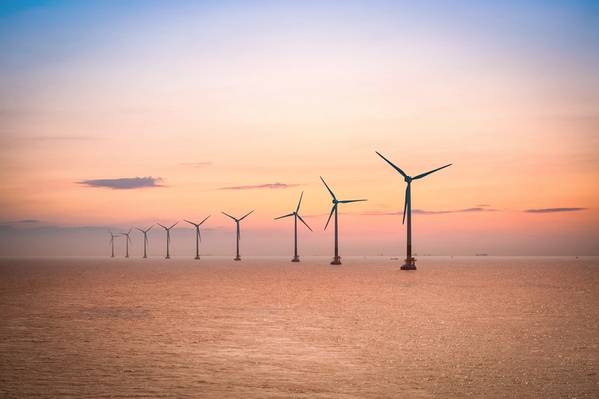
The month of May brings a mixed bag of news for offshore wind in the United States, as outlined in the latest U.S. Offshore Wind Report from business intelligence firm Intelatus Global Partners.
In the "positive" category, Intelatus said federal permitting of projects continues on schedule, and states continue to plan to procure and accommodate ever larger amounts of wind produced offshore into their onshore grids. The firm also noted that the Internal Revenue Service has clarified certain Inflation Reduction Act incentives. The Maritime Administration is progressing around $1.5 billion of offshore wind vessel loan guarantees.
On the "negative" side, Intelatus noted opposition to offshore wind off North Carolina continues to rumble, and the introduction of a State Senate Bill that could impact federal projects is to be monitored. The Department of Defense has raised objections to four of the six proposed Central Atlantic Wind Energy Areas, slowing down the leasing timetable. Intelatus also noted the reintroduction of provisions in a Senate Bill that may restrict foreign mariners from working on U.S. wind projects and new provisions restricting anchor handling operations to Jones Act vessels.
"We believe that these provisions, if they become law, will have unintended cost and schedule consequences on the manning of construction vessel for both bottom-fixed and floating wind projects," Intelatus said. "This comes at a time where developers are already signaling concerns on escalating project costs."
As an indicator of cost differences between U.S. and European offshore wind projects, Intelatus noted the current loan review under MARAD Title XI for three service operation vessels (SOV) being built for U.S. offshore wind projects, with capital cost of the U.S.-built vessels ranging from around $97 million to $168 million. "Vessels with similar specifications due for delivery to European operators in the same timeframe range from $62 million to 69 million, which represents a U.S premium of around 56% to 142%," Intelatus said.
Intelatus' forecast accounts for more than 70 projects that will install over 77 gigawatts (GW) of capacity in this and the next decade, and a total 110 GW by 2050. The 77 GW forecast capacity will require capital expenditure amounting to over $240 billion to bring onstream, a recurring annual operations and maintenance spend of around $11 billion once delivered, and close to $35 billion of decommissioning expenditure at the end of commercial operations: